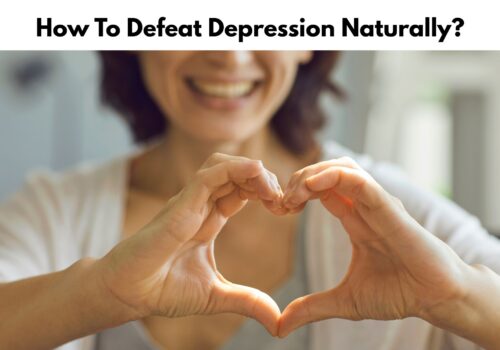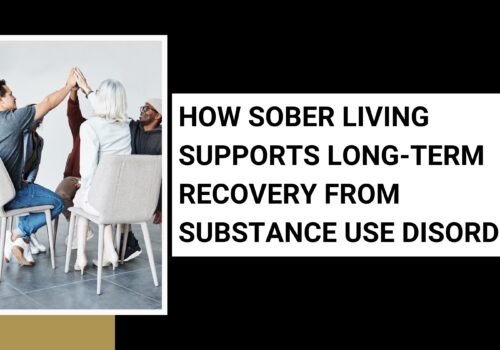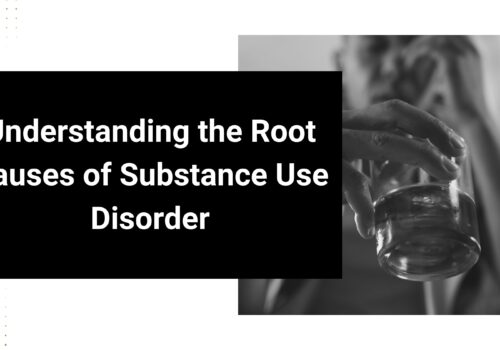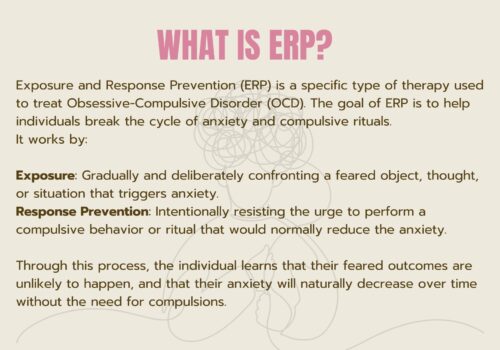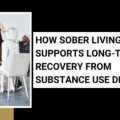Depression, known as Seasonal Affective Disorder (SAD), tends to appear during winter. You may end up feeling exhausted, glum, or much less interested in your everyday activities. Many people experience this when there isn’t much sunlight. During the cold and dark season, your mood and energy may not feel their best.
Yet, there are things you can do to handle your feelings and feel better. Modifying your daily habits, using light therapy, or discussing your concerns with someone may help. You don’t need to feel alone when dealing with this issue. You can control your SAD and better enjoy all seasons with adequate support and care.
What is Seasonal Affective Disorder (SAD)?
Seasonal Affective Disorder happens during set times of the year for many. Many find this during the fall and winter, due to having less exposure to sunlight. Not getting enough sunlight can change the way your brain and body work. It can affect how you sleep, feel, and have energy. People who have SAD frequently report feeling tired, sad, or lacking motivation.
They could be spending more time in bed, eating more, and cutting down on activities they once liked. Where summers are short or there isn’t much light throughout the year, SAD occurs more frequently. Though it could impact anyone, the chances are greater for young women and adults. Experts feel that the less sunlight you receive, the lower your serotonin level becomes, and your internal clock changes, negatively affecting mood.
You should know that SAD is treatable. Exposing yourself to bright light, having more contact with nature, and seeing a counselor can all help. If you notice these symptoms coming up each year at the same time of year, it could be SAD. Making sure you are receiving care for your mind is important.
What Are the Symptoms of SAD?

Many of the symptoms of Seasonal Affective Disorder (SAD) are the same as those found in depression. People who suffer from SAD commonly feel very sad or hopeless. They might not enjoy the things they once loved anymore. For some, the tiredness lasts all day, and it’s hard to wake up. Some individuals end up sleeping a lot and also have an urge to eat sweets or carbs. Many people also find that they start to gain weight at this time.
Concentrating and deciding may be more difficult for people. For some people, depression causes them to pull away from friends or relatives. Some victims wind up feeling bad about themselves, not good enough, or lacking in self-esteem. During important but challenging events, they may consider hurting themselves.
Many people first see these symptoms in late fall or winter, and they resolve by the following spring or summer. Light and weather can shape your moods and your feelings of strength. Make sure to watch for these symptoms as soon as you can. Should you notice these changes happen at the same time each year, you may have SAD. Talking to a doctor or therapist can bring many benefits. The care you get will allow you to either avoid or cope better with illnesses.
What Causes Seasonal Affective Disorder?

SAD is most often the result of shifts in the amount of sunlight. As fall and winter arrive, we get less daylight. The body’s inner clock, which is called the circadian rhythm, may be influenced by it. Feelings of sadness, tiredness, and low energy can occur when your body clock isn’t working properly. Nearly all of your serotonin is made in your skin, so exposure to sunlight is important. Serotonin is a neurotransmitter that makes you feel better.
Lowering drug use can cause you to feel sad. SAD can also happen when your melatonin levels shift. Melatonin is produced in your body to control your sleeping habits. Abundant melatonin in the winter can make you sleepier and less energetic. It is possible that genetics is involved as well. Members of your family with depression or SAD might increase your risk of getting those too.
When you live near the poles and winter days are shorter and darker, your chances of developing some diseases are higher. When it’s cold and people stay inside more, their symptoms may get worse. If you know what causes SAD, you can better recognize why it occurs. It becomes easier to identify what helps you manage your feelings.
Who is at Risk of Developing SAD?

SAD is more common in some people than in others. The illness is found in more women than it is in men. More young adults tend to be at greater risk than others. You may be more likely to have symptoms of SAD if you are between 18 and 30 years old. Prevailing winds also harm people who live near the Earth’s extremes.
A lack of sunshine and shorter days in winter can lead to SAD. Depression may be more likely if someone in your family has it. If a member of your family has SAD or depression, you could get it as well. Those fighting anxiety or bipolar disorder may have an increased risk of developing SAD. If you have less vitamin D, you are at greater risk.
When you get sunlight, your body creates this vitamin. We get less vitamin D when there is less sunlight. If you do not go out much in winter, the problem will probably get worse. Noticing any of these risk factors means watching for changes in your mood during the winter. Taking steps early on often helps you feel better.
How to Deal with Seasonal Affective Disorder

You can manage Seasonal Affective Disorder (SAD) by making a few small changes to your everyday habits. Spend a little more time outside so you can catch some natural sunshine. Staying outside, even when it’s not warm, will help you feel better. Pull aside your curtains and sit close to the windows to enjoy the sunlight. Using light therapy is beneficial.
These lamps reproduce the light of morning sun and can lift your mood. Sticking to a fitness routine every day has a big effect. It helps you relax and increases your energy. If you eat well and exercise, you are more likely to feel better. Talking with another person may help as well. When you find yourself feeling excessively sad or lethargic, it’s important to see a doctor or therapist
Occasionally, we may need medicines to deal with powerful symptoms. Beginning to talk with others or family can help you overcome feelings of loneliness. When you live in the UAE, Family Clinic Dubai is a trusted place for medical advice and care. It is just as important to look after your mental health as it is your physical health. By taking some actions, you can overcome SAD and enjoy a normal life.
Conclusion
It takes a bit of time, but people can learn how to handle Seasonal Affective Disorder. Things like getting more daylight, exercising, and talking to a specialist are simple ways to improve mood. Pay attention to your body and mind if you notice something is wrong. Getting proper care means you’ll be equipped to take part in all the seasons. Be aware that support is there for you. Small ways you can do every day can help you live brighter and healthier.





